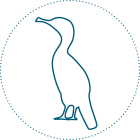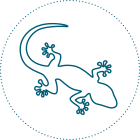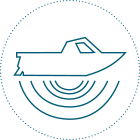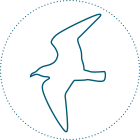The Noises - Restoration and Regeneration
The Noises are a chain of islands, rock stacks and reefs, lying within the inner Hauraki Gulf Marine Park / Tīkapa Moana / Te Moananui-ā-Toi. Characterised by indented rocky coastlines, the two larger islands in the group are dominated by pohutukawa forest; rich indigenous vegetation, and native bird species. The Noises have outstanding conservation values and are an important breeding site for seabirds. The human story of the islands starts with a long history of Māori habitation. Currently under the guardianship of the Neureuter family, The Noises also have longstanding connections with naturalists and researchers.
Thanks to the dedicated efforts of multiple generations of the Neureuter family, conservationists and government agencies, all of the islands in the group are predator-free.
Our Research Projects
The Noises have long been a place of research and conservation. Some of the current projects include:
SPOTTED SHAG COLONY
The Hauraki Gulf is home to a threatened population of Spotted Shags, thought to be genetically distinct. Whilst the Spotted Shag is relatively common in other parts of the country, in the Hauraki Gulf the birds are now limited to just two colonies, on Tarahiki and Waiheke Islands, with an estimated population of 300 breeding pairs.
THE IMPACTS OF BOAT NOISE
Many marine animals rely on making sound and listening for sound queues as a matter of survival. The University of Auckland have placed a camera on Ōtata Island and a hydrophone in the bay to gather data to determine the impact recreational boat noise is having on the reef systems around The Noises.
OTHER SEABIRD RESEARCH
Seabirds of The Noises have been studied for many years. In November 2019, Auckland Council commenced a 10-year study of the takahikare/white-faced storm petrels, pakaha/fluttering shearwaters, kuaka/northern diving petrels, oi/grey-faced storm petrels and korora/little blue penguin on Ruapuke/Maria Island.
Latest News and Updates
A day to remember – sharing new opportunities with MP’s
Wednesday 26 November saw Opposition party members Arena Williams and Rachel Brooking (Labour), alongside Lan Pham, and Scott Willis (Greens), making the journey to Ōtata, accompanied by Katina Conomos (Revive our Gulf) and Dr. Tim Haggitt (University of Auckland). Following a…
A change for a gain
We understand the feeling of loss associated with no longer being able to fish or gather shellfish from around The Noises. It has always been something we’ve treasured, during time spent on the islands. The act of catching or harvesting…
